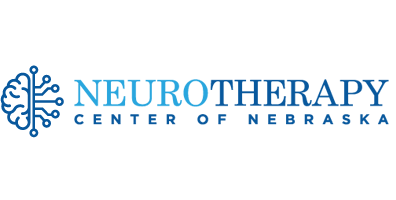What happens during the QEEG?
During the QEEG, electrodes are placed on the scalp to measure the electrophysiological activity of the brain (brain waves). After electrodes are placed on the scalp, gel is administered into each of the electrode cups to ensure a satisfactory signal or connection. The client’s brain wave activity is then recorded using the NeuroField Q20 amplifier. The amplifier is used to amplify the client’s real time EEG so that it can be accurately displayed on a computer monitor. During the QEEG, brain wave activity is recorded in 19 locations around the scalp instantaneously and simultaneously. QEEG is a completely non-invasive procedure.
QEEG evaluation can occur during various states of relaxation and activation, each state recording lasts approximately 10 minutes. Data will be recorded while the client is relaxed and awake with the client’s eyes closed as well as recorded with the client’s eyes open.
QEEG is able to locate areas of hyperactivity (over-activity) and hypoactivity (under-activity) in specific areas of the brain. QEEG assessments can be performed on individuals at any age. The QEEG procedure typically takes 60-90 minutes to complete. QEEG recording may take longer with younger children, especially, if they are hyperactive or oppositional. At Neurotherapy Center of Nebraska, we work at the client’s pace. Ample time is allocated in situations that may require extra time at no extra charge to you.

